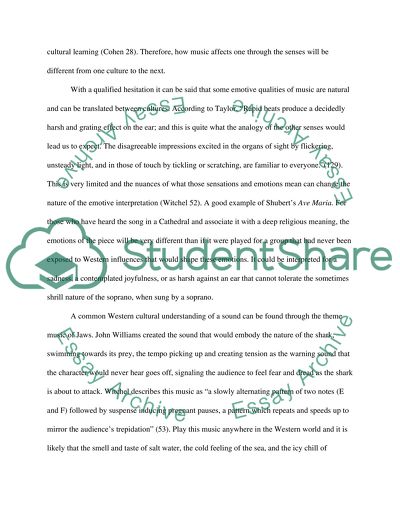Cite this document
(“The Transformational Power of Music Research Paper”, n.d.)
The Transformational Power of Music Research Paper. Retrieved from https://studentshare.org/philosophy/1574391-the-transformational-power-of-music
The Transformational Power of Music Research Paper. Retrieved from https://studentshare.org/philosophy/1574391-the-transformational-power-of-music
(The Transformational Power of Music Research Paper)
The Transformational Power of Music Research Paper. https://studentshare.org/philosophy/1574391-the-transformational-power-of-music.
The Transformational Power of Music Research Paper. https://studentshare.org/philosophy/1574391-the-transformational-power-of-music.
“The Transformational Power of Music Research Paper”, n.d. https://studentshare.org/philosophy/1574391-the-transformational-power-of-music.


